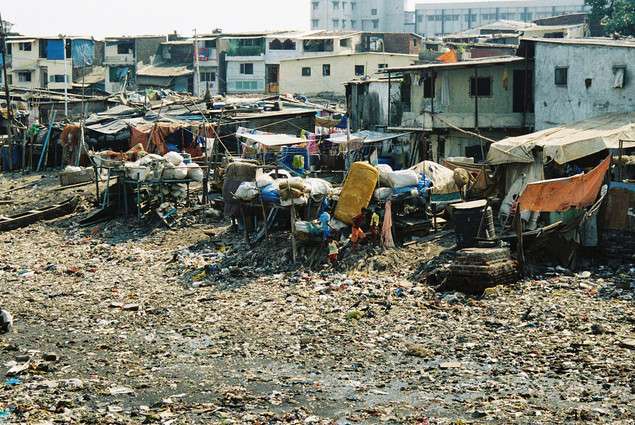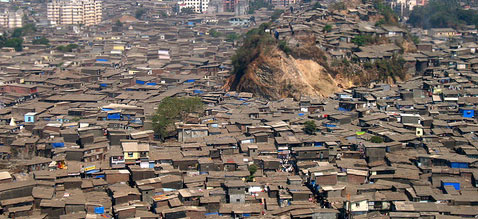
Mumbai has been a city of migrants for centuries; a magnet for people of different walks of life; from the rural migrant to Bollywood aspirants and those simply looking for the city of streets paved with gold. This has led to heavily populated informal urban settlements, often characterized by substandard housing and a lack of sanitation, clean potable water, electricity, and other basic amenities that characterize the living situation of almost 8 in 10 Mumbaikars.
The earliest slums were formed in the early 1880s with the migration of the rural poor to the city. Today, the largest of these, Dharavi, is spread over 557 acres and is one of the largest slums in the world. The title of ‘world’s largest slum’, sadly, has other contenders within Mumbai, as once small slums in areas like Kurla, Ghatkopar, Mankhurd, Govandi, Bhandup, Mulund and Dindoshi have begun to eclipse the enormity of Dharavi.
Why live in a Slum?
People live in slums simply for lack of an alternative. What started as a migration issue, was exacerbated by poor government planning and policy, and a nexus of politicians, bureaucrats and decision makers who have directly or indirectly allowed slums to grow for the last 25 to 30 years.
Maharashtra Housing and Area Development Authority (MHADA) created to generate housing and they did, but somewhere down the line they gave up. Corruption crept into the system and the quality of construction and maintenance deteriorated. As a result the lower income groups started to find their own alternatives. They createdjhopdis and the local dadas became protective of these new communities, the politicians made provisions for water and electricity in exchange for votes and this encouraged the growth of slums. Large slum settlements are now an urban reality. The percentage of population living in slums hasn’t changed.
The fears associated with such high – density slum rehabilitation projects are numerous. If unplanned growth continues every city and its residents require breathing space, a certain proportion built and un-built environment should not be compromised.
The existing issue of relocation of slum dwellers is rife with controversy. People believe that shifting low cost housing to the outskirts of the city is not an appropriate solution. It is very costly to put up any kind of housing scheme in Mumbai. The fluctuating economy does not allow the budget and the actual costs to remain the same, especially with the increasing cost of the most essential commodity : Land. The rising costs of construction and lack of available space, have kept real estate prices in slum clusters on par with those in premium residential areas.
What’s needed is a home-grown, appropriate solution to a problem that’s assuming crisis proportions. Alternatives involve massive up-gradation of the public infrastructure within the city, as well as those connecting the city to the mainland. People don’t mind to commute as long as the commute time is short. Steps need to be taken by the government without being worried about who will get the political mileage. We need a guy who can take decisions, bold decisions.


No comments:
Post a Comment